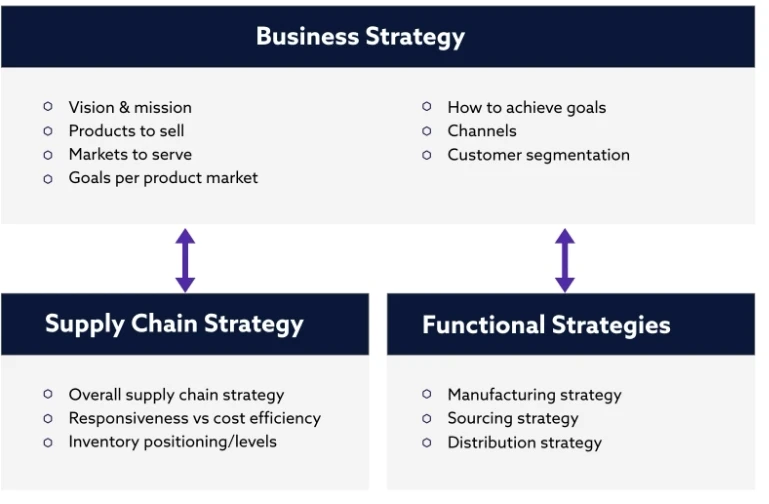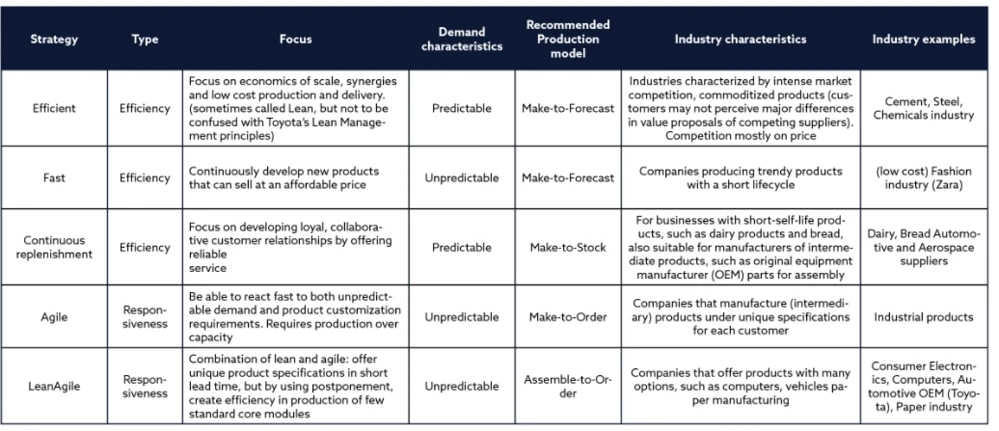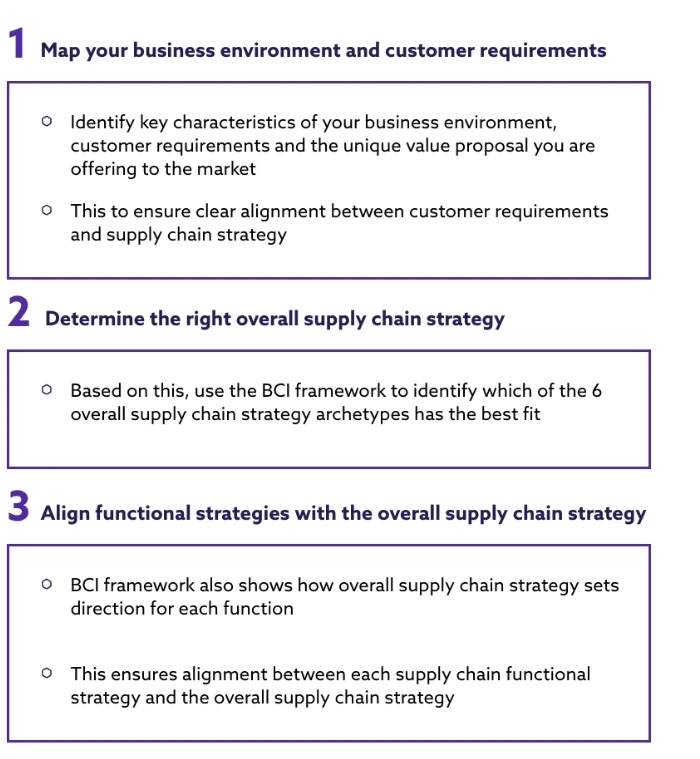Supply chain Strategy
What supply chain do you have and should you have? Should the supply chain be efficient or agile or responsive or all of the above? How about resilience? Is one supply chain good enough or do you need to have several supply chains in place? These are key questions supply chain leaders need to ask themselves to set the right priorities and build the capabilities to manage today’s complex and highly volatile supply chains.
Steeds meer bedrijven verplaatsen fabrieken van China en Azië naar Europa en de VS. De helft van grote internationale bedrijven heeft dit al gedaan en nog eens de helft van de restgroep gaat dat de komende 3 jaren doen.
Een uniek consortium van 15 logistieke vastgoedpartijen heeft adviesbureau Buck Consultants International in de arm genomen om een verdiepend onderzoek uit te voeren naar de herontwikkelingsmogelijkheden van verouderde bedrijfslocaties (zogenaamde brownfields) voor toekomst-bestendige logistiek.
Deze week zijn bij Buck Consultants International (BCI) vier nieuwe medewerkers gestart. “Met deze nieuwe collega’s bouwen we on succesvolle wervingsbeleid verder uit. De vier collega’s vormen een geweldige diverse mix qua inhoudelijke achtergrond, ervaring, geslacht en nationaliteit”, aldus een enthousiaste Elise Gerritsen, in het management team van BCI verantwoordelijk voor Strategie & HR.
Voor bedrijven die hun strategie willen herzien heeft Buck Consultants International een nieuwe aanpak ontwikkeld ‘DE-5' Proprietary Framework for Value Chain Management. Eén van de meest bekende financiële en economische media Bloomberg besteedt hier vandaag aandacht aan.
Logistiek speelt een cruciale rol in onze samenleving, maar is voor veel burgers vaak lastig op waarde te schatten. De sector is wel zichtbaar, want de bestelwagens en trucks rollen door de straten en de magazijnen staan in het landschap.

We believe that supply chain strategy should follow business strategy, based on clear customer requirements. Once defined, it drives the other functional strategies such as procurement, manufacturing, planning and distribution so that these are all aligned. The visual below highlights the dependency between the business strategy and the supply chain and functional strategies.
Key elements driving the business strategy include the overall vision, the geographical markets, the go-to-market strategy with clear service level requirements per product-market-channel combination. As companies are serving various customers with different products with varying characteristics, it is paramount to differentiate your supply chain per product-market-channel rather than having a single size fits all approach.

- Efficient
- Fast
- Continuous replenishment
- Agile
- LeanAgile
- Flexible
The table below provides more detail on these six archetypes.

These archetypes fully describe all the supply chain process elements that are required to have a well-defined strategy. The BCI framework consists of 40 elements such as management focus, product related strategies (such as inventory strategy, level of customization), sourcing, production and fulfillment strategy elements. The benefit of using an archetype, is that all functional elements are internally consistent and aligned with each other.
Your company can use the archetype that fits best to design your supply chain strategy. This is done through a 3-step approach:
- Identify key characteristics of your business environment, customer requirements and the unique value proposal you are offering to the market.
- Based on this, the framework will indicate which archetype supply chain strategy has the best fit. You can use this as the foundation to design your own supply chain strategy.
- Once the overall supply chain strategy is determined, the framework will then give guidance on the configuration of your supply chain processes at functional level below (through these 40 elements). Of course you could deviate from this guidance, and in some cases that might be justified on some uniqueness in your business, but in most cases following the framework guidance yields the best results. In this way the BCI framework shows how overall supply chain strategy sets the direction for each function, to ensure alignment between each functional strategy and the overall supply chain strategy.
BCI framework for designing the right supply chain strategy












